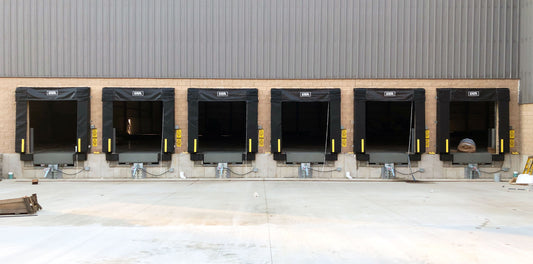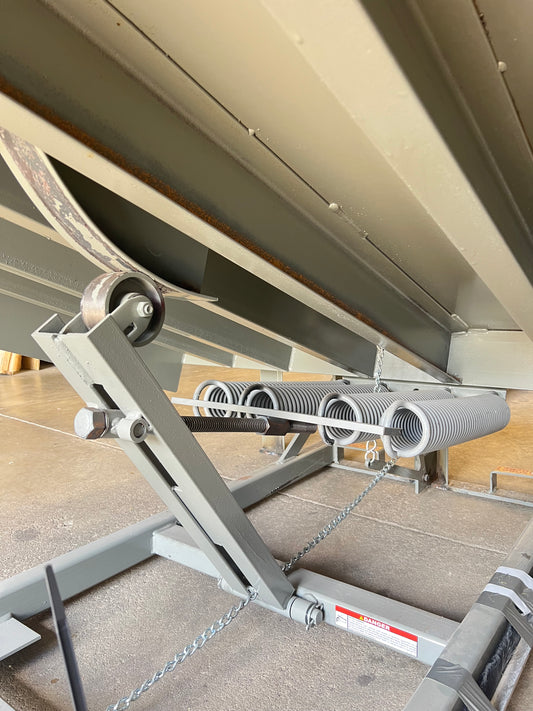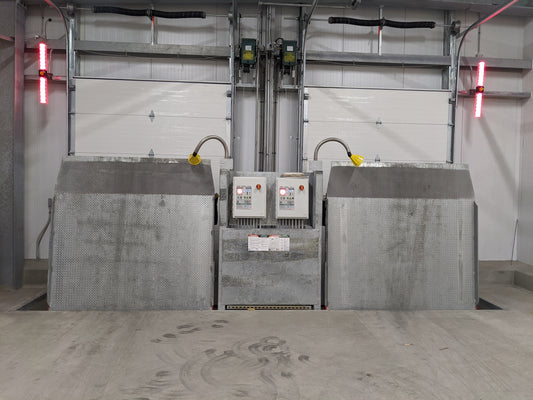Loading Dock Articles
This knowledgebase is an essential resource for warehouse managers and industrial professionals seeking to optimize their operations. It offers expert advice regarding maintenance and upgrading loading dock equipment, including dock levelers, trailer restraints, and industrial doors, while emphasizing safety and efficient material handling. These articles provide actionable strategies for enhancing warehouse safety, reducing downtime, and boosting overall productivity in busy industrial settings.
Loading Dock Articles

Being Aware of Online Scams
This is an article every website selling online should have. It was made aware to us by a valued vendor that a website using our logo and product images is...
Being Aware of Online Scams
This is an article every website selling online should have. It was made aware to us by a valued vendor that a website using our logo and product images is listing dup...

Dock Leveler Weatherseals: Channels, Inserts, S...
Dock leveler weather seals can have 2 or 3 pieces: either a seal and insert - or - seal, insert, and channel. A seal kit can be installed directly onto a dock...
Dock Leveler Weatherseals: Channels, Inserts, S...
Dock leveler weather seals can have 2 or 3 pieces: either a seal and insert - or - seal, insert, and channel. A seal kit can be installed directly onto a dock leveler ...

7 Keys for Loading Dock Safety (Updated)
Loading dock safety is not just about avoiding accidents—it’s essential for maintaining a smooth, efficient, and legally compliant operation. Implementing strong safety measures protects people, equipment, and business assets while...
7 Keys for Loading Dock Safety (Updated)
Loading dock safety is not just about avoiding accidents—it’s essential for maintaining a smooth, efficient, and legally compliant operation. Implementing strong safet...

What is a dock leveler pit?
A dock leveler pit is formed into a building wall and floor to house a dock leveler. They have 3 enclosed sides and a floor that surrounds the dock leveler...
What is a dock leveler pit?
A dock leveler pit is formed into a building wall and floor to house a dock leveler. They have 3 enclosed sides and a floor that surrounds the dock leveler when instal...

Why You Should Stock Replacement Parts
Replacement parts for dock equipment can be expensive. Their expense goes up the more you need them.
Why You Should Stock Replacement Parts
Replacement parts for dock equipment can be expensive. Their expense goes up the more you need them.

The Different Types of Dock Levelers
A dock leveler is equipment used in material handling operations to allow cargo movement between a transport vehicle and the inside of a building. There are 4 varieties of dock...
The Different Types of Dock Levelers
A dock leveler is equipment used in material handling operations to allow cargo movement between a transport vehicle and the inside of a building. There are 4 varietie...
